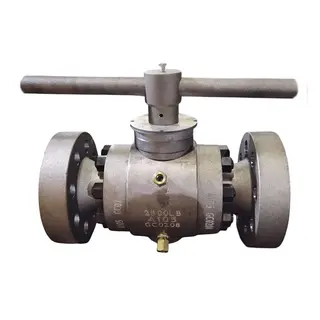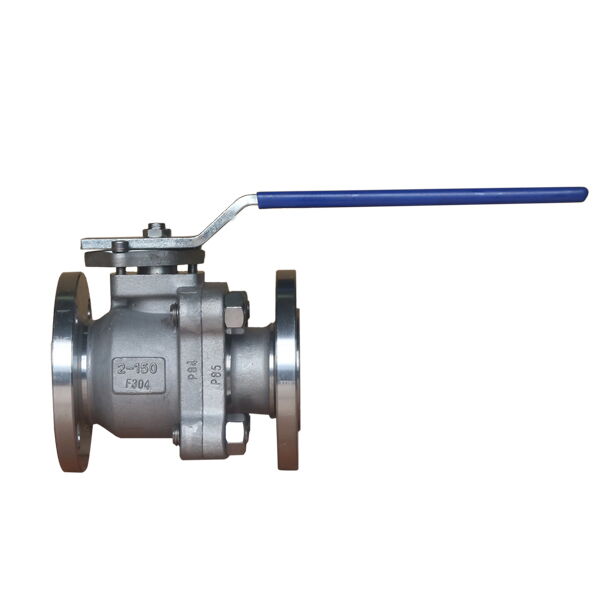
(API 624 Additional High Temperature Version)
Key Specifications / Features
The ASTM A182 F304 Floating Ball Valve features a stainless steel body with a 2-inch size and Class 150 LB rating. Compliant with API 608 and API 6D standards, this valve is designed for high-performance applications with low leakage, fire-safe construction, and anti-static properties. Its anti-blowout design ensures enhanced safety and reliability, making it ideal for demanding industries requiring secure, efficient fluid control under harsh conditions.
- Model No.: MV-20250408-LTMSBV-01
- Hits: 4
- Categories: Low Torque Metal Seated Ball Valve
- Tags: API 6D Ball Valve, Floating Ball Valve, ASTM A182 F304 Ball Valve
Detail Information
Product Name: ASTM A182 F304 Floating Ball Valve
Design Standard: API 608, API 6D
Body Material: ASTM A182 F304
Size: 2 Inch, DN50
Pressure: Class 150 LB, PN20
End: Flanged
Operation: Lever
Product Range
Structure: Floating Ball
Size Range: NPS 1/2-8 Inch, DN15-DN200
Pressure Range: Class 150-1500 LB
Body Material: ASTM A105, A350 LF2, A182 F304/304L, F316/316L, F51, Monel, Inconel, etc.
Seat Material:
Soft Seat: PTFE, RPTFE, Nylon, PEEK
Metal Seat: STL, HVOF Coating
Bonnet Type: Side Entry (2-piece or 3-piece split body)
Bore: Full Bore/Reduced Bore
Features: Fire Safe, Anti-static, Anti-blowout
Standards
Design: API 608, ISO 17292, API 6D, ASME B16.34
Inspection & Testing: API 598
Marking: MSS SP-25
Pressure/Temperature Rating: ASME B16.34
Fugitive Emission: ISO 15848
Face-to-Face: ASME B16.10
End-to-End: Manufacturer Standard or ASME B16.10
Socket Welding Ends: ASME B16.11
Screwed Ends: ASME B1.20.1
Flange Ends: ASME B16.5
Butt Welding Ends: ASME B16.25
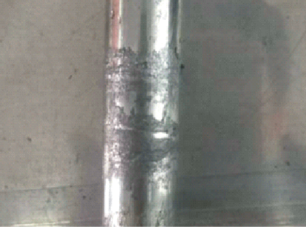
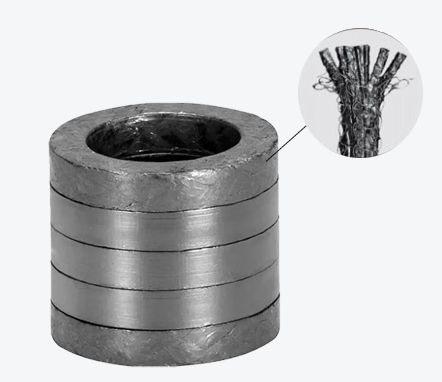
For ball valve packing rings, we exclusively use M641 specialty low-emission packing designed specifically for ball valves.
If conventional graphite packing rings are used in stock inventory, they can strongly adhere to the valve stem over time, leading to excessive operating torque and leakage issues during later use.
By adopting our low-emission packing, even after prolonged storage, the valve maintains:
-
Very low operating torque
-
Excellent sealing performance
-
No adhesion issues
API 622 TUV Experimental Data Report
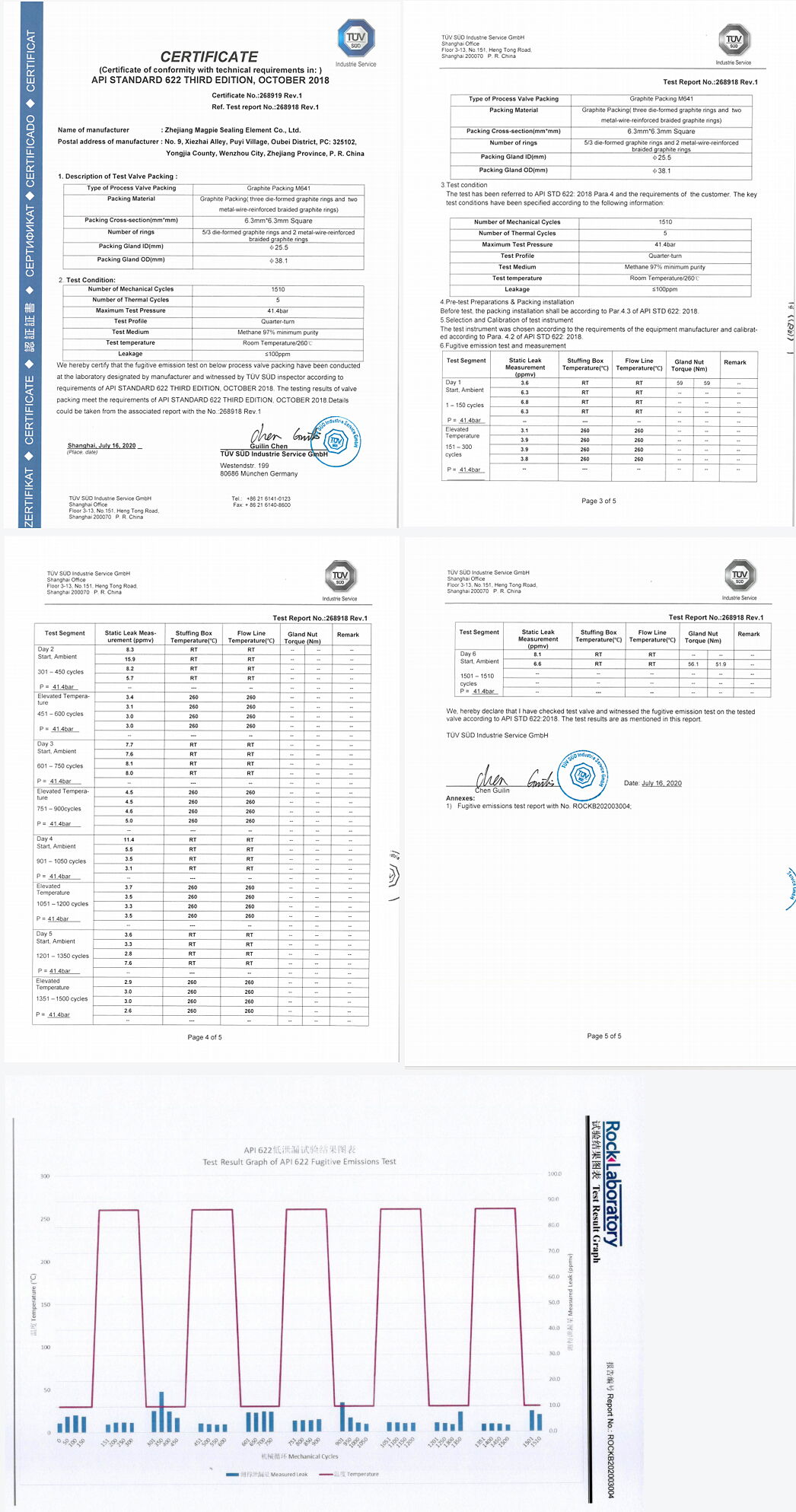
We have optimized the design of the packing structure for floating ball valves. Based on our field experience in petrochemical applications, we found that traditional designs using O-rings plus packing material may appear more reliable but actually create potential risks.
In conventional designs, the O-ring might become the primary seal while misleading users to believe the graphite packing also functions as a main seal. However, O-rings are vulnerable to chemical corrosion. Once the O-ring fails and the graphite packing is insufficient, both sealing mechanisms may fail, making it impossible to perform secondary pre-tightening on-site.
Additionally, our tests confirmed that insufficient graphite packing consistently fails fire safety tests. Therefore, we optimized the design by removing the O-ring and relying solely on packing as the primary seal. The benefits include 100% fire safety performance, 100% low leakage, and enhanced stem strength.
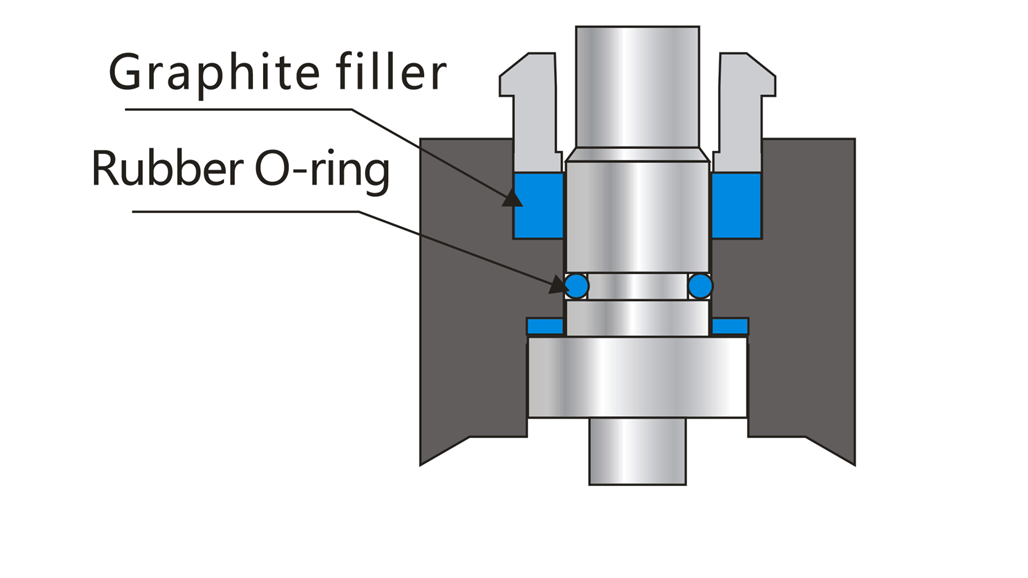
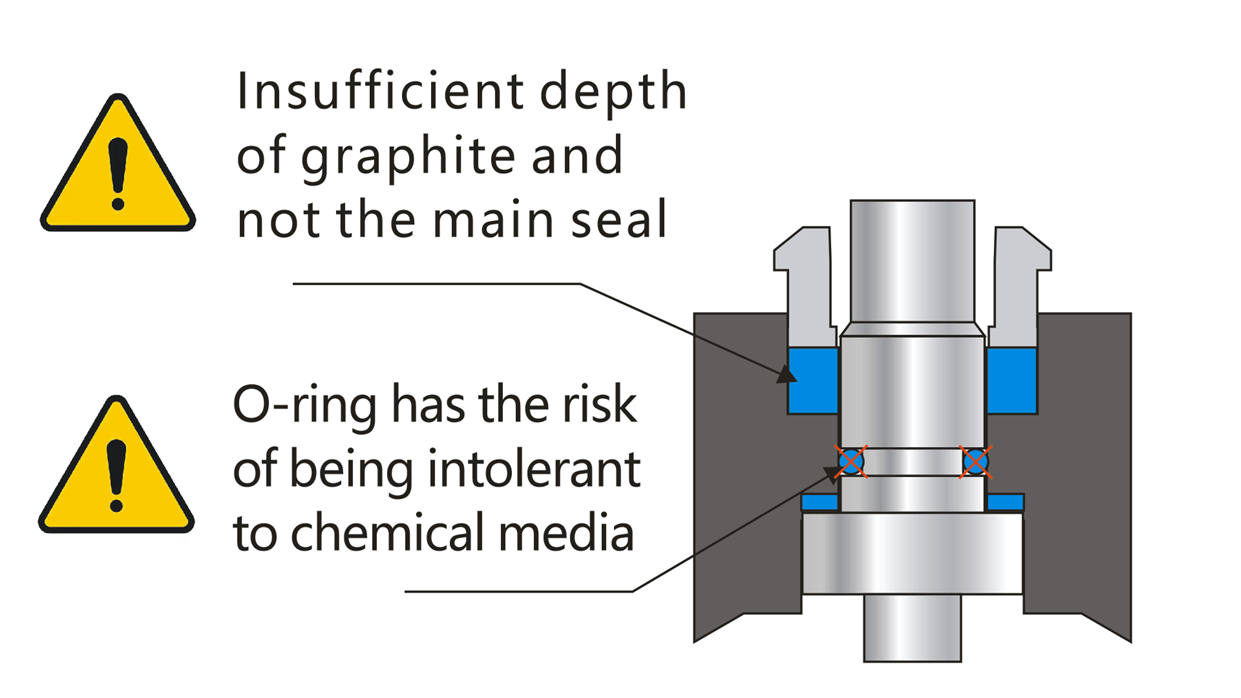
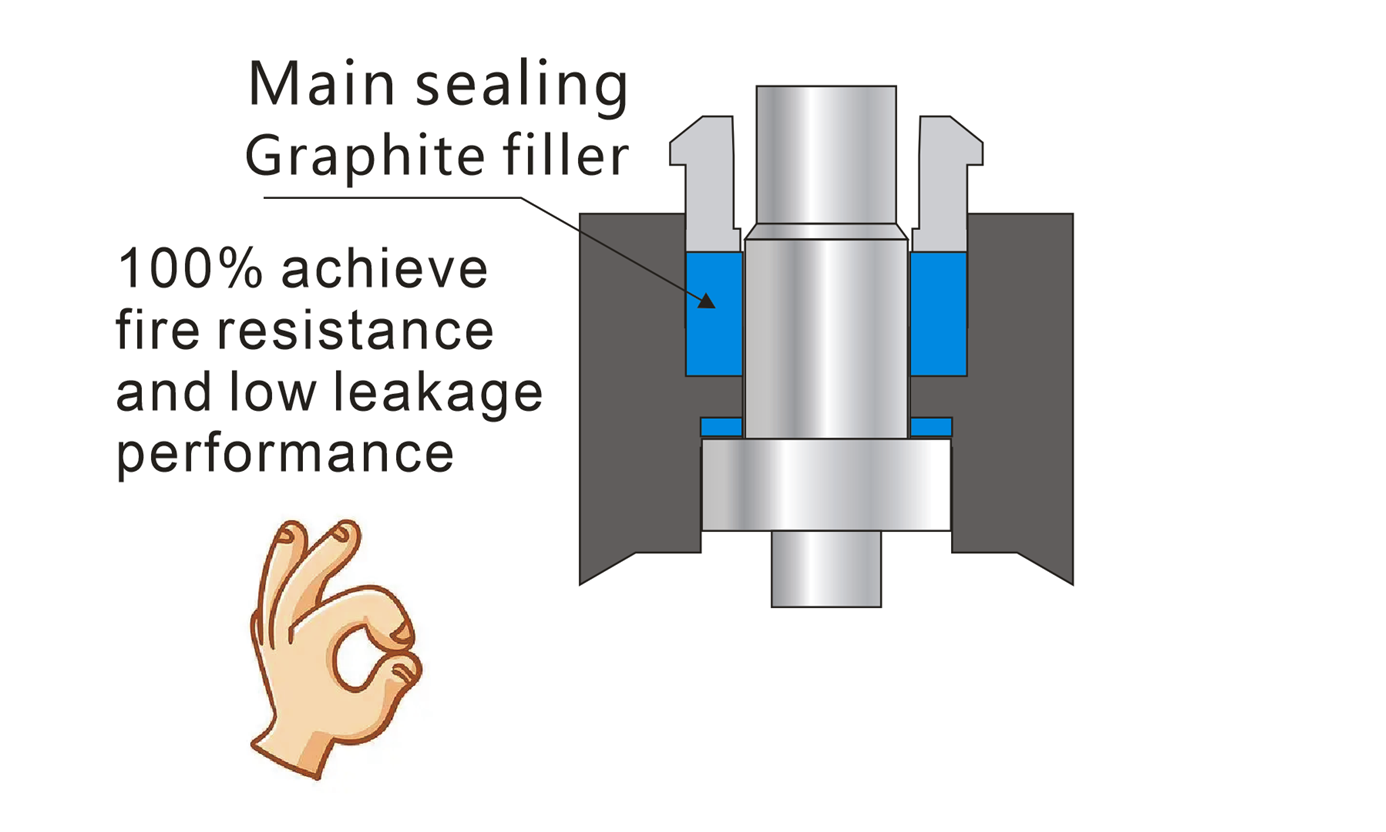
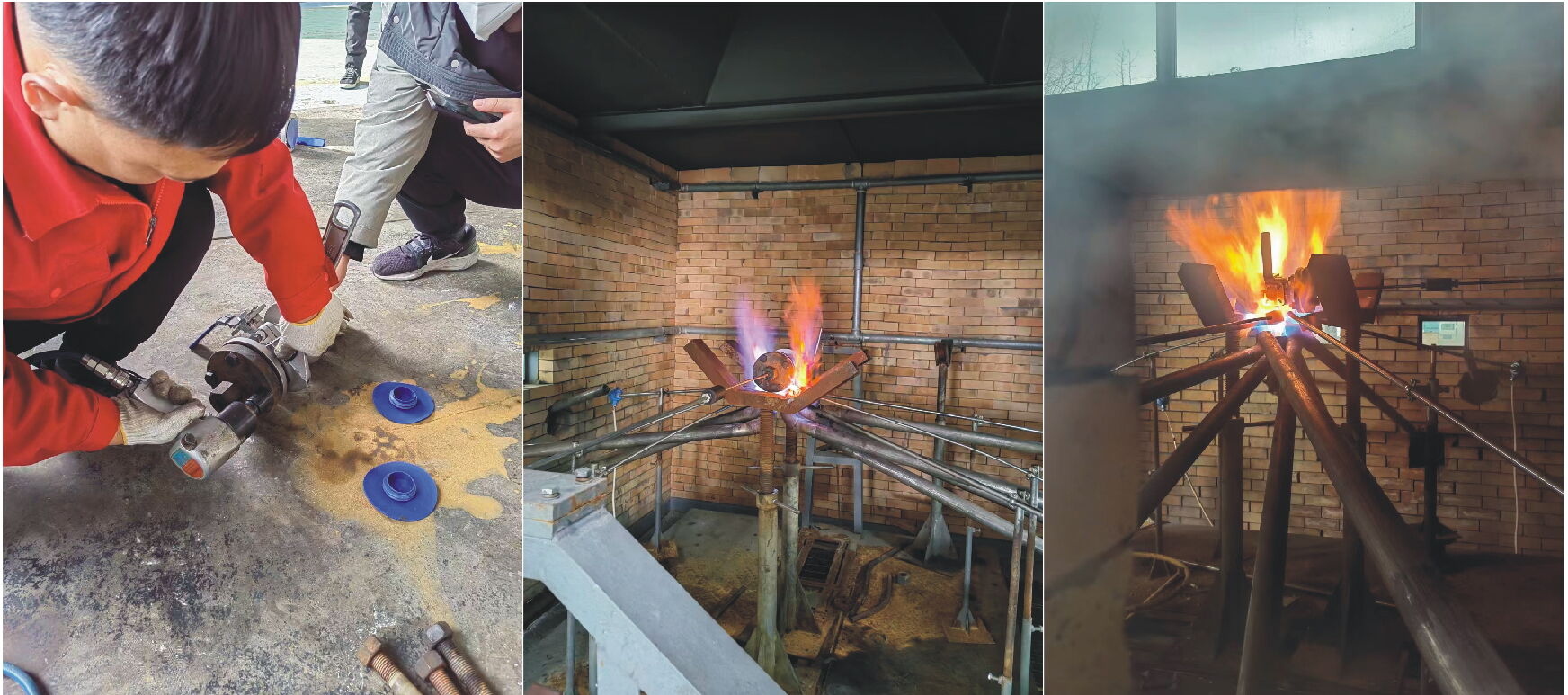
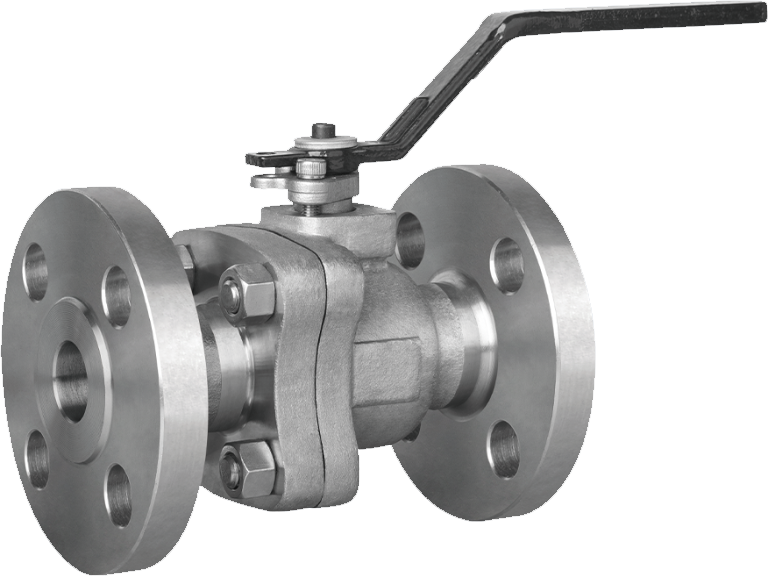
ISO 15848-1 Type Test Report at 400°C
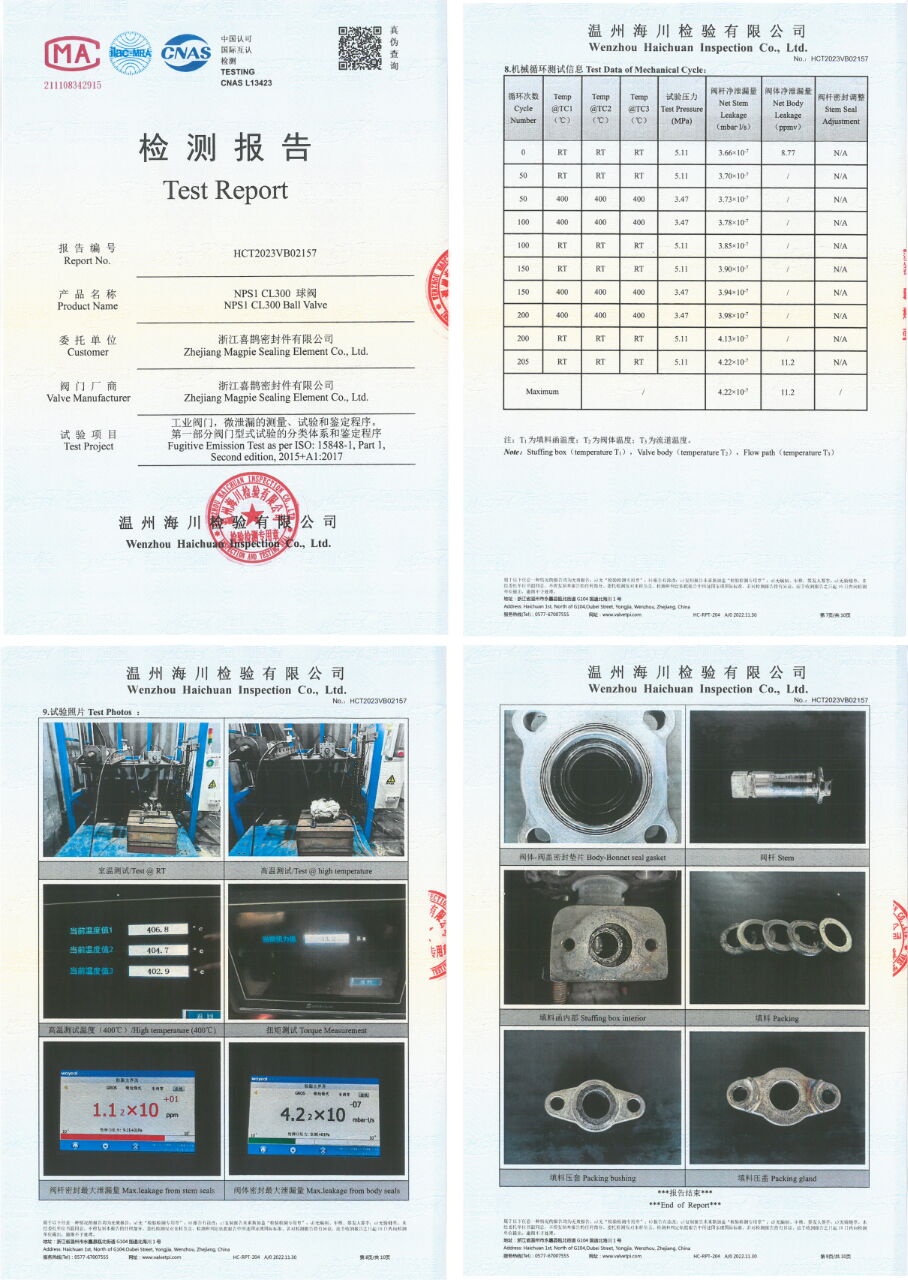
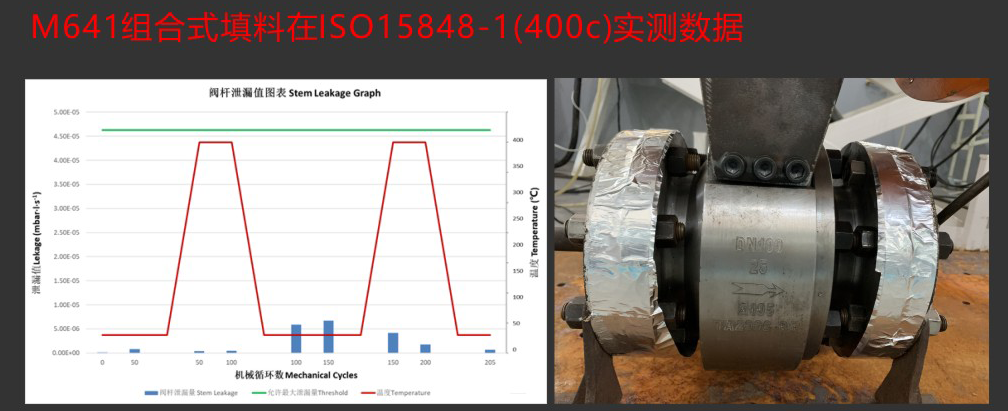
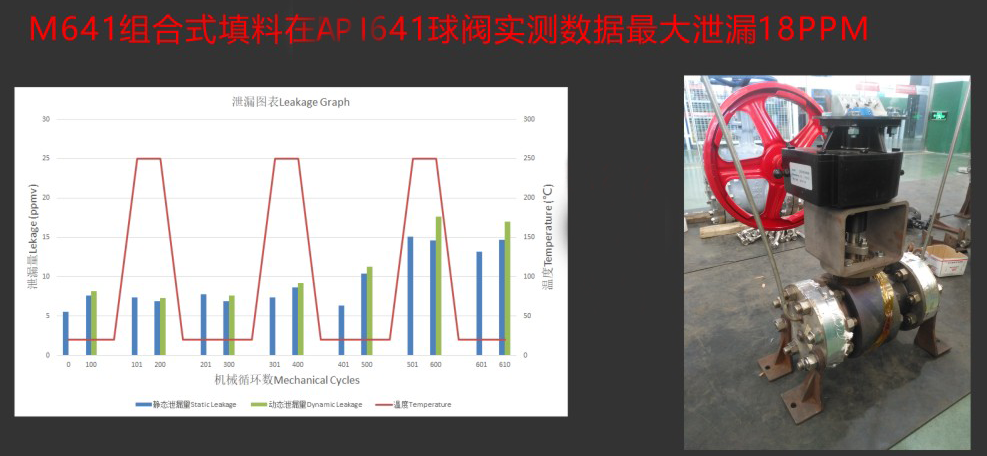
Similar Products

ASTM A182 F51 Floating Ball Valve, API 6D, 2 Inch, CL150, RF

ASTM A351 CF3M Ball Valves, API 6D, 2 Inch, CL150 LB, Lever
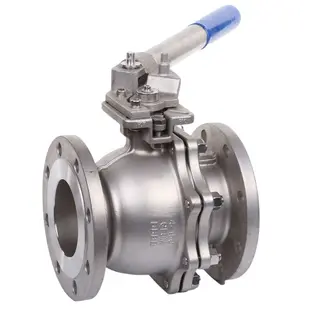
ASTM A351 CF8M Ball Valve, API 6D, 4 Inch, 150 LB, Full Port
